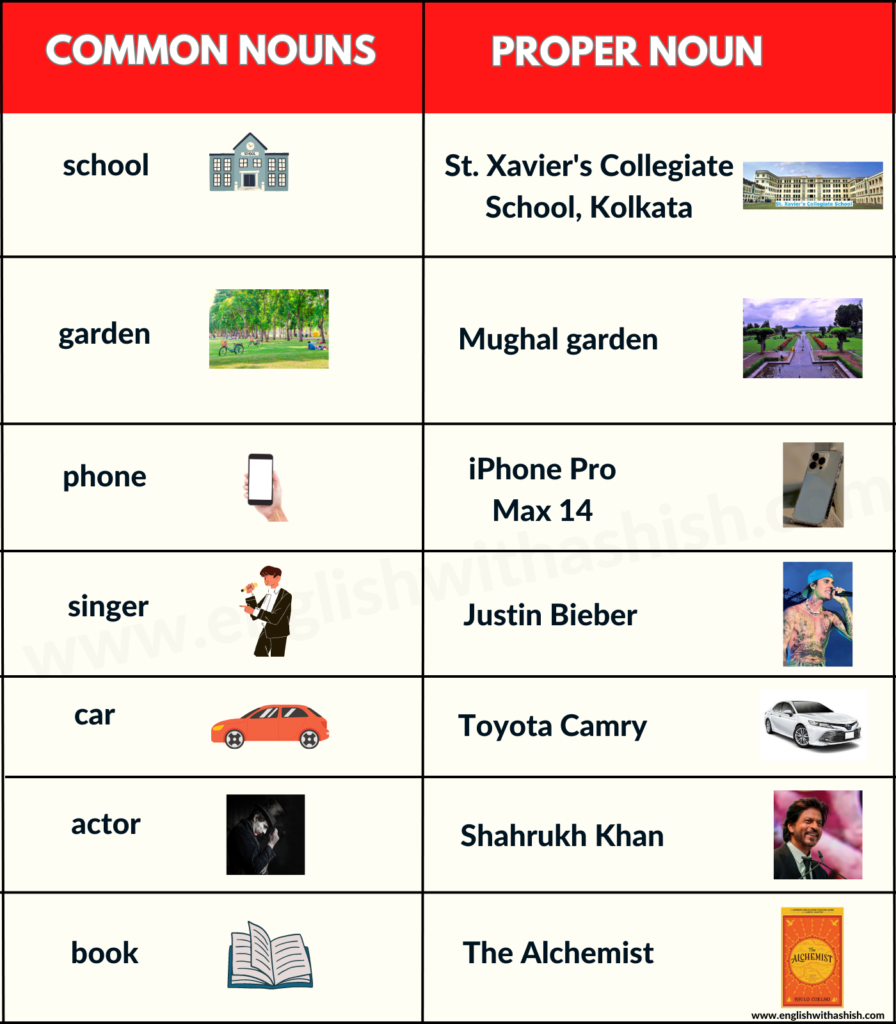When it comes to grammar, one of the basic concepts that students learn is the difference between proper nouns and common nouns. Understanding the distinction between these two types of nouns is essential for clear and effective communication.
Proper nouns refer to specific names of people, places, or things, and are always capitalized. On the other hand, common nouns are general names for people, places, or things and are not capitalized unless they begin a sentence.
Examples of Proper Nouns and Common Nouns
1. Proper Nouns: New York City, Michael Jordan, The Eiffel Tower, Google, Amazon
2. Common Nouns: city, basketball player, tower, search engine, online retailer
Proper nouns are unique and specific, while common nouns are more generic and can refer to any member of a particular class. For example, “New York City” is a proper noun because it refers to a specific city, while “city” is a common noun that can refer to any urban area.
Similarly, “Michael Jordan” is a proper noun because it refers to a specific individual, while “basketball player” is a common noun that can refer to any person who plays basketball.
It’s important to remember to capitalize proper nouns, even in the middle of a sentence, to distinguish them from common nouns. This helps to clarify the specific identity of the person, place, or thing being referred to.
Understanding the difference between proper nouns and common nouns can enhance your writing and communication skills. By using them correctly, you can convey your ideas more clearly and effectively.
In conclusion, proper nouns and common nouns play important roles in language and communication. By recognizing the distinction between the two and using them appropriately, you can improve your grammar and writing skills. Practice identifying proper nouns and common nouns in sentences to sharpen your understanding of this fundamental concept.
